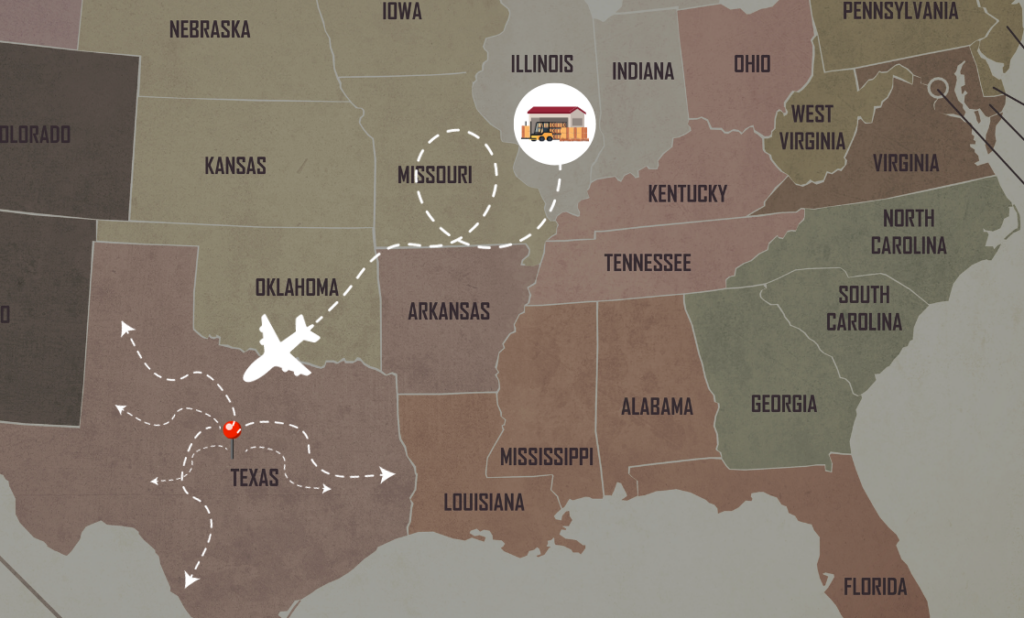Shipping processes are an integral part of any wholesale distribution business and customers today have come to expect superior shipping services – such as quick ship times and easy returns. Trying to satisfy changing customer demands and compete against shipping giants like Amazon can leave your business struggling to keep up. But, for wholesale distribution businesses that ship a high volume of orders every day, there are certain shipping techniques to help your business save money and keep customers happy. One shipping technique available to your business is consolidated shipping.
What is Consolidated Shipping?
Consolidated shipping is combining multiple orders into one, to put it simply. All products, for multiple shipments, are sent to a location that is central to the final shipping destination of each individual order.
This can be done by using your own delivery vehicles, or by combining your orders with multiple LTL (less-than-truckload) shipments from various other shippers into one full container/truckload. Instead of individually shipping multiple orders from your warehouse to various locations and customers in another city, you consolidate all those shipments and send them to one central location. Once the orders arrive at the central location, you use local carriers to ship the product to the end customer.
Example of Consolidated Shipping
Let’s pretend you have a warehouse in Illinois with 25 individual orders that need to get shipped to customers all across Texas. In this situation, you could choose to…
Option (1) - Individually ship each order from your warehouse to the corresponding customer location – therefore paying for the cost of individually shipping each item.
Option (2) - Consolidate these 25 orders and ship everything to a centrally located warehouse in Michigan, and then use local carriers to ship each individual order to the final customer location.
Benefits of Consolidated Shipping
Time and Money Savings
As you can see, in certain circumstances, making use of consolidated shipping techniques can save your company time and money and helps to optimize supply chain logistics. This is especially true when shipping multiple orders across states or internationally. Consolidated shipping not only saves you the cost of having to pay for a full truckload when you only have a few items, but it also helps you save on import and freight charges and can be very beneficial when shipping many small orders to customers in the same area.
Clear Customs Faster
If you are shipping across the pond or if you are a US business shipping into Canada, consolidated shipping can help with clearing customers faster as it is just one shipment that needs to be cleared compared to multiple.
Increased Customer Satisfaction
By consolidating your shipment, the shipping provider guarantees that your products remain intact as they are transported to the final warehouse destination. This allows for products to arrive according to your specific schedule, making it more convenient to track multiple shipments and provide customers with precise tracking information.
How to Determine Which Shipment to Consolidate
To make it easy to determine when consolidated shipping makes sense, warehouse ERP Systems such as Blue Link ERP can help you identify when to consolidate shipments based on the number of orders, estimated shipping costs and final ship-to location. These features, as part of an all-in-one inventory and accounting ERP system, can help your business manage the entire buying and selling process – from the time a customer submits an order to the picking, packing shipping and invoicing stage.











